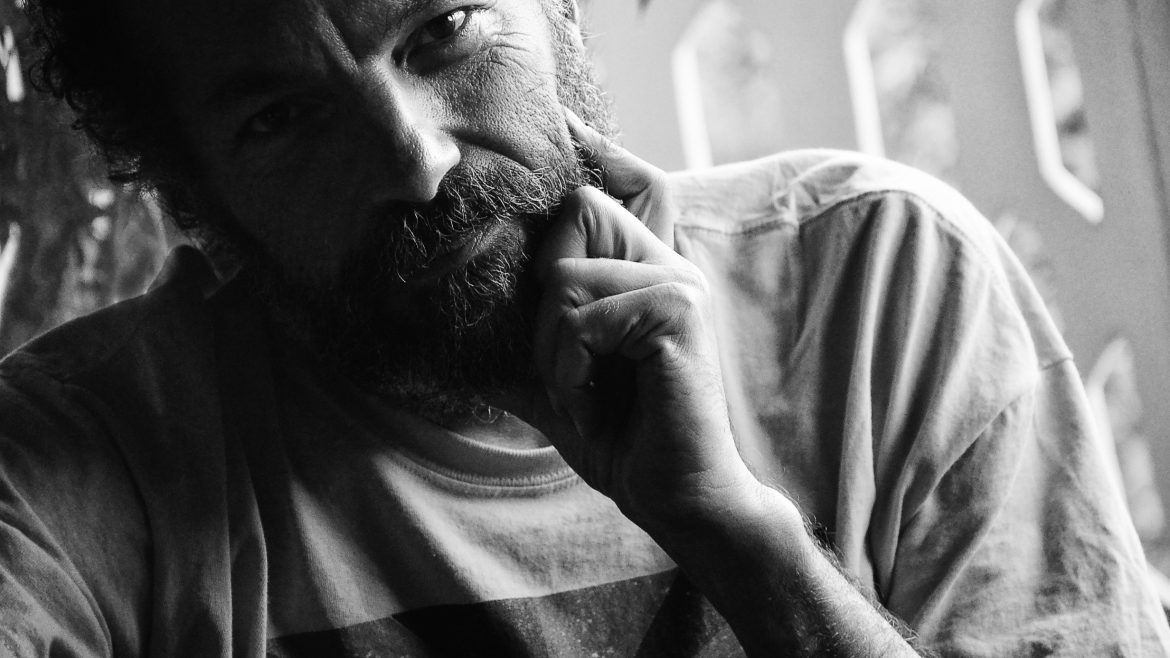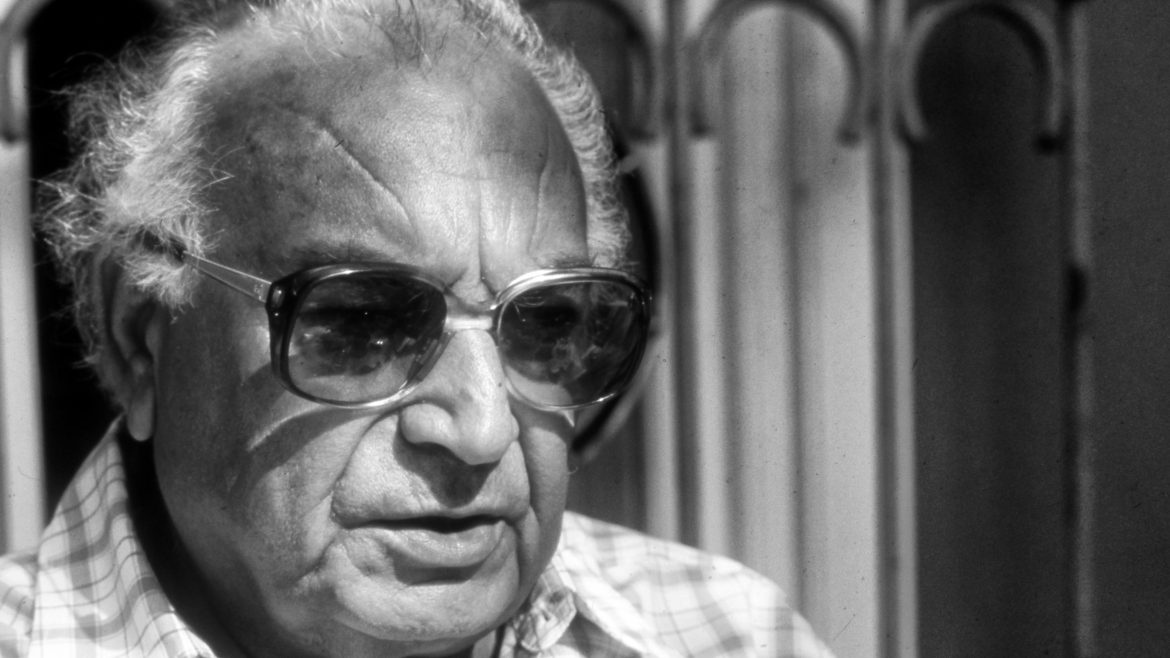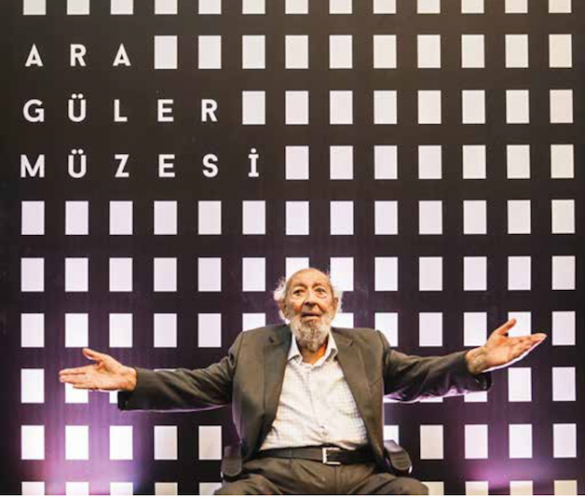PORTRAITS BLENDED WITH MEMORY – Ali Borovalı
Photography Artist Ali Borovalı.
I have had the pleasure of knowing Ali Borovalı almost since the beginning of his photography career. His official biography can be summarized as follows: After studying photography at university in the United States he chose to specialize in photography, which steered him towards the photo-interview. Focusing on such themes as human lives, the environment and culture with a creative perspective, Ali Borovalı has made quite a name for himself at the international level in recent years, thanks to exhibitions he has held in the world’s major centers of photography.
But what’s more important to me are the appraisals made in specific environments, such as the Tuesday Group, the Istanbul Photography Museum, as well as many other photography and art settings, including our co-exhibition that was organized in Russia in 2019 as part of the Turkey-Russia Culture and Tourism Year. This is because we have shared a great deal with him about photography and life, and we have travelled together and attended government-level talks. My assessment is based on the fact that I got to know Ali very closely while he was slowly becoming experienced in life and art.
I believe that photograph artist Ali Borovalı fully discovered what photography is and what it is not a while ago, as a full-time, professional artist. That’s because each visual is falsely classified as a photograph, which is a common mistake in Turkey and abroad (I think it is done 99 percent of the time). From a basic point of view, the photograph has been accepted as a technical, visual structure since 1839. And when looking at the digital revolution, now everyone has a relationship with this to some degree (the number of photographs being taken are now in the trillions thanks to mobile phones).
But, as is the case with everything else, the art of photography has a history and philosophy. If we look at it from this perspective, what’s important is to know that the main determinants in photography is the photograph portrays, its viewpoint and depiction. In other words, photography is not only about creating an image technically, instead, with each piece of work, photograph artists reveal their stance and artistic dialect, thanks to their “depiction approach.” It should be noted that at the end of the day, only those with a style and mode of expression will be categorized as artists. This is the conceptual standpoint that I follow and to which I give credit. And Ali Borovalı has this.
It is also important to address and evaluate photography from two different perspectives: A) Professional practices and B) Art And of course, the most important thing is to be a full-time professional, and this I emphasize the most. That’s in the bag too. And this makes Ali Borovalı a significant figure in Turkish photography. Being very young, in the future he is capable of becoming our pride and joy at the international level.
Ali’s official biography also shows us his other achievements.
The artist contributes towards bringing Balkan photographers together under the same roof, is widely traveled, and prefers long-term projects. Having achieved recognition thanks to the international festivals, conferences and workshops he attends, Ali Borovalı have also won significant awards during his career, including the Fujifilm Euro-Press Award (Türkiye-1997), the Şinasi Barutçu Cup (1999) and the Pamukbank Award (1999).
Borovalı was nominated for Press Photographer of the Year award in Europe in 1998; held solo exhibitions at Photokina in Cologne, the world’s largest photography fair, in the same year; in Greece and Bulgaria, between 2000 and 2002, at Perpignan Visa Pour L’Image Festival in France, the jewel in the crown of photojournalism, in 2004; and at Bielsko-Biala FotoArt Festival in Poland in 2005. His recent works including Ice, Mount Athos, Is There Anybody Out There?, and A Road Story exhibited in Istanbul’s Pera Museum attracted considerable interest. He was awarded the Photograph Artist of the Year award in Turkey in 2019, by Sanat Kurumu (the Institute of Art). Ali Borovalı has books published with the Turkish Photographers’ Library, by the Institut Français de Turquie, as well as by Militos, Lambrakis Press and the Mount Athos Center in Greece. What else do you expect?
After all, my esteemed friend Ali Borovalı chose art–the road to happiness–as the “meaning of life” and declaring him to be a “man’s man” and how good he is at photography, instead of having his bread buttered on both sides for being a member of the Borovalı clan, an elite family in during both Ottoman and Republic times. How fortunate I am to have many photos taken by him, not only this one.
This photo was taken at Ali’s house/workshop in Yeniköy, during a conversation about the deep state. It is a transverse-framed, black and white “status” portrait capturing a moment from life. In the frame, a faint light is shining on Ali’s face, from the right. The photo is assessed within the the existing light composition. The face is lightly illuminated, but the identity of the portrait has been analyzed. If it was taken in an old-school photography studio, they would have called this light “Muhallebi Işığı” [ed: this literally translates as ‘custard light’ but English speakers would use ‘milky light’]. A detailed, subtle technique preserves the saturated grays in black and white, indicating that the gray scale of the photo is appropriate.
This text was written for Fotoğraf Dergisi, August-September 2021.
 English
English Türkçe
Türkçe



